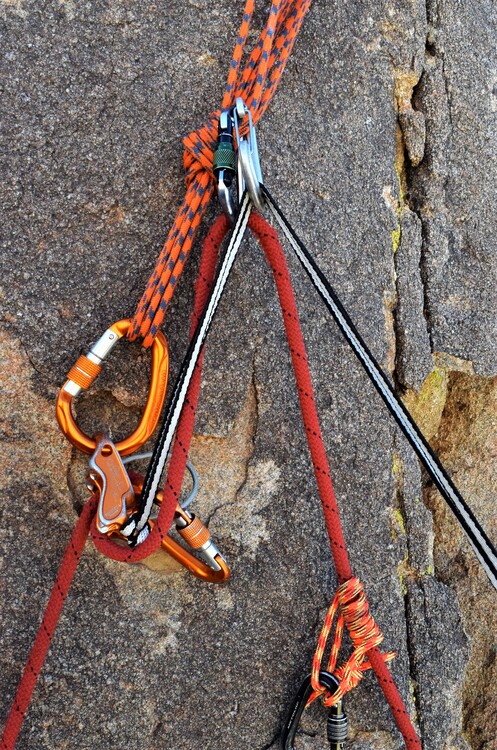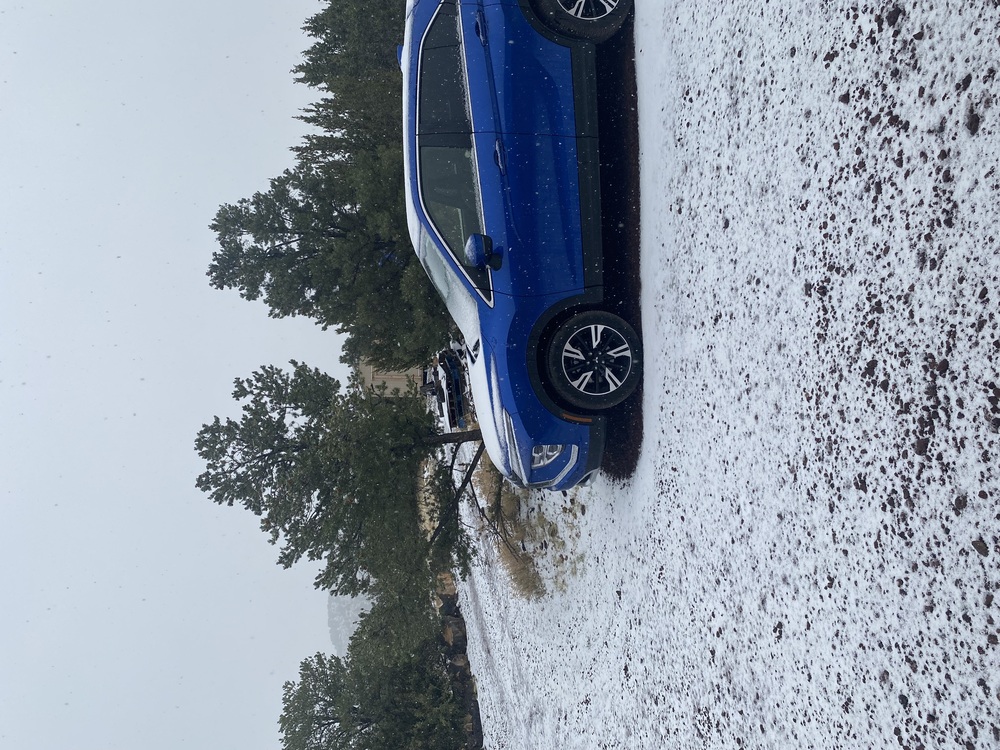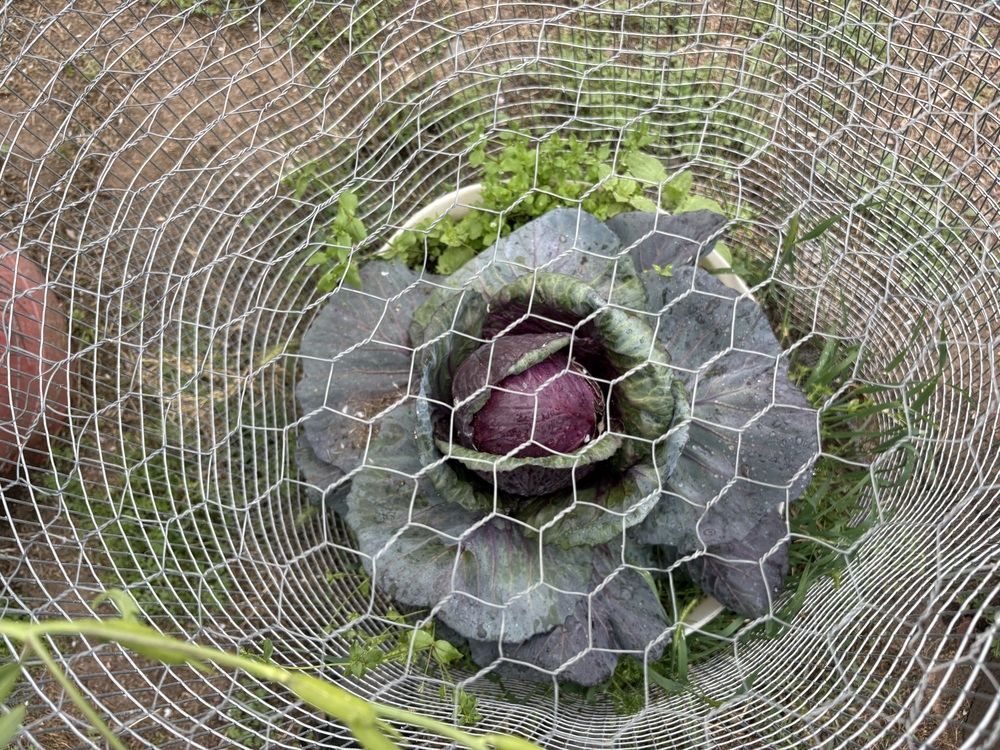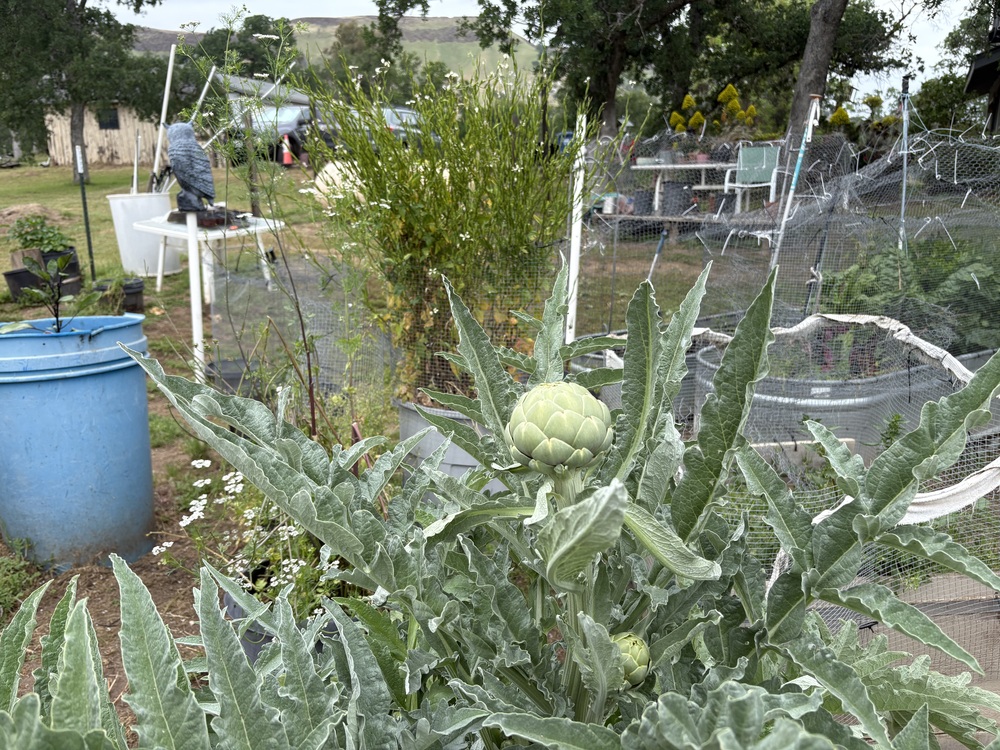New and Experienced Climbers over 50 #35
|
|
apogeewrote: Sorry to dive into politics, and I used to give NPR money, but in what alternative universe is the US government authorized to give money to a TV and radio station? Please read the 10th amendment, you know, the one that both parties conveniently ignore in order to violate the Constitution and push their agendas. Rest day here, rain and snow. Im going to hit the boulder in the morning and then pick Paula and Ella and her friend up in Phoenix later in the day. |
|
|
Rgold wrote: “Frankly, the amount of faff required to safely lower someone is hilarious, and I think all by itself would have disqualified these devices BITD. But these are different times, and the guide plaquette has become so ubiquitous that people are now scolding others for not using it.” I concur. Here’s a photo from the Appendix of the new edition of Rock Climbing: The AMGA Single Pitch Manual that I’m working on with the AMGA. Note the autoblock backup. This is what keeps you from dropping someone! When guiding, I’ve always carried a Grigri with me for direct belays. To me it’s worth the extra weight. Reduces wear and tear on the shoulders and joints, since the rope is so easy to pull through it when belaying, compared to an ATC Guide or Reverso in guide mode. Also, super duper easy to lower someone (just redirect the brake strand) plus I can set up a 3 to 1 hauling system in about 15 seconds to rarely pull someone past a crux if they can’t climb It. A newer innovation, called the LSD or load strand direct method, is a bit simpler, but you still want an autoblock backup! |
|
|
Ward Smithwrote: Hey Ward! Set up the shoe-cam so we can see some of the action. Sincerely hope you send this. Don't let go! (How much longer are you in Arizona?) I visited my route/rock again today. It's interesting how some things grab hold. I don't want to waste an outing if I'm not ready for it. But maybe I AM ready for it. Only one way to find out... I have missed having a garden so much that I finally pulled my Farmstand out of storage and fired it up again. But I saw this garden-type structure here in Josh, and I'm wondering how hard it would be to erect one. I miss bringing in armfulls of produce, grabbing a kid and spending the day canning together. Farmstand
|
|
|
WF WF51wrote: I don’t recognize the climb, but climbing with that rack in the Gunks looks bad ass!
|
|
|
Lots of guide mode discussion. Rgold mentioned the DNM Pivot and that gadget has been a game changer for me. I would almost say it is in a separate class from the typical plaquette devices. I recently lowered a guy quickly, easily, and very controllably roughly 20 meters down a fairly steep slab. He was on a 8.5mm Beal Opera. Instead of a third hand or prussik, I had the guy with me at the belay keep an extra hand on the rope just in case, but it was super easy to do and I never felt the awful on/off sensation I have experienced with the standard ATC. I’m pretty sold on the Pivot… but have also used the Grigri and it is a pleasure to use as well. It all depends… (I just looked at the short Pivot video on the DMM Wales website and it does not show them using a back up while lowering—that I could see, anyway. I also seem to recall reading the instructions that came with it and not finding a mention of a back up for lowering. Maybe someone here still has their instruction book and could check? I agree some kind of back up is definitely best practice but I wonder if it might be a holdover from the scary On/Off experiences folks have had on standard plaquettes?) YMMV considerably. |
|
|
Hi Laurie, I am taking a rest day and drinking tequila. I have maybe four more climbing days with rest days in between before I leave a week from tomorrow. Lots of friends have suggested that I video my send attempts, but I find it a distraction. You will just have to take me at my word. Right now the odds are no better than 50 - 50. This thing is not hard by modern standards but V8 or 9 which is plenty hard for an old guy.
|
|
|
Ward Smithwrote: You're an inspiration, Ward. Just do your best, you'll be happy with that. Have fun on it. BTW... my one great contribution to the climbing community is the 'shoe-cam'... take one of your shoes, stick your phone in it, turn on video, and forget it. Most of my pictures and videos are shoe-cams. No fuss, no muss. Best of luck. |
|
|
rgold: "I didn't really start to learn about rock-climbing until I got to college at the University of Chicago. I quickly found a few enthusiasts with about the same experience as me, and we went about learning together, climbing at Devil's Lake, WI and also making Western trips each summer. The result was that we were mostly self-taught. With another undergraduate, Steve Derenzo, I started the University of Chicago Mountaineering Club, which grew to well over 100 members during our time at the college. I nearly crossed paths with John Gill, who had been a grad student in the Dept. of Meteorology but had graduated and left for a stint as a forecaster for the Air Force a year or two before I got to U of C. " Rich, I arrived at the university October of 1958 and departed August 1959. When I inquired about a climbing group, I was directed to Michael Fain, who was a student assistant in the fluid dynamics department. At the time there was a U of Chi Mountaineering Club run by Michael. It was small and its main purpose was to organize weekends at Devils Lake in good weather. Michael left the university shortly after I departed to GlasgowAFB, so the club must have evaporated. Do you remember Mihaly, a grad student in psychology? He became the world authority on flow, and I suspect those trips had a little to do with his specialty. There was also a young woman who was a ballerina. Helmut Rohrl was a visiting prof and I climbed and bouldered a bit with him. He once described Buhl bouldering outside Munich and doing a traverse on which his handholds were "thin as matchsticks". He also claimed Buhl could do a one finger pull-up, so, of course, I had to learn one. We went to a park on the lakeshore and climbed around on a stone hut, but mostly I spent my time in the gym playing at gymnastics. |
|
|
Ward Smithwrote: Looks like Tuesday morning here in VT. “Lots of friends have suggested that I video my send attempts, but I find it a distraction.” Maybe seeing a video of of a good attempt that didn’t completely succeed, you can find the small part that’s keeping you from closing the deal… Might help… Just a thought… ed “who’s the whippersnapper that thinks he’s an ‘old guy???’l e |
|
|
John Gillwrote: John, I arrived in Fall of 1961, so missed you by two years. Helmet Rohl, Mike Fain, and Mihalyi Csikszentmihalyi were either gone by the time I arrived or had lost interest in climbing. There was no climbing club left either; Steve Derenzo and I started from scratch. We too did weekends at Devil's Lake, but also held slide shows, afternoon excursions to masonry climbing walls about town, and ran summer trips. We published a newsletter called Flail and Scrabble; sadly I have no copies to look back at. Steve and I invested in a mimeograph postcard printer and used it to send out notices of all our activities. I think this was why the club got so big. |
|
|
rgoldwrote: I confess I had to look that up to see 1) who he was and 2) how to pronounce his name. My (now deceased) mother-in-law was Hungarian and maintained it was a ridiculously hard language to pronounce. I tend to agree ! |
|
|
Tim Schafstallwrote: Dunno if we ever got his last name right, but we said something like Checks-Int-Mee-Holly. |
|
|
Bob Gaineswrote: My biggest takeaway from my AMGA course was using a GriGri for belaying from the top. All the benefits that Bob G. points out. Yes, I also carry my DMM Pivot for rappels. The slight added weight is well worth the safety and ease of use benefits. We were also taught to always use a backup when lowering with a ATC or Pivot, regardless of the weight of the second. |
|
|
|
|
|
GabeOwrote: The route in the pic is Butterfly Crack on Trashcan Rock. I mentioned Gohegan 'cause he made the tights, a hobby of his. Its a good solo since the crux is the first few moves, after that it's cake. The route Last of the Gohegans is up in Indian Country, a good hike uphill above Indian Cove passing the Corral Wall, Dodge City, and Upper Dodge City. Here's a shot of the late great Vern Stiefel on sighting it with Mike Morely at the belay. |
|
|
Li Huwrote: Not to mention younger generation, older generation, children, parents, spouses, Those People from That State, men, women, cats, dogs, vacuum cleaners, plumbing, farm animals (including radicalized chickens), those damn tomato plants.... |
|
|
I'm still fiddling around with my GoPro and so far find it useless. Rgold was right. But still, maybe there could be some usefulness, if I could just get the settings right. Someone mentioned attaching it to a painter's pole.... but that would require holding the pole in one hand. I remembered this video, done with a GoPro, by a guy named Michael Spitz. It's a bit shaky, but I felt like I learned a lot watching him crack climb close up.
|
|
|
Sadly, Michael Spitz was the climber who died after falling while free soloing Illusion Dweller (10b) at Joshua Tree in January of 2022. He was 35 years old. Here’s his obituary that was published in Climbing magazine. |
|
|
Old lady Hwrote: Damn tomatoes! On another topic: |
|
|
Here’s some info relating to an old post. A few months ago John Gill posted a sequence of him on an obscure problem somewhere in the City of Rocks, in the 1960s. His images: I was intrigued as to just where he was climbing and how things would look these days, so I checked it out when I was in the City a couple of days ago. It turns out the climb is on the south side of Morning Glory Spire, not far below the notch with the Anteater, and directly across the gully from Circus Roof. As he noted, the rock is flaky and gritty; it’s not the great City stuff we usually seek out. The route looks hard. the climb these dayslocationfrom abovestraight ondetail |

 Continue with onX Maps
Continue with onX Maps Sign in with Facebook
Sign in with Facebook







































